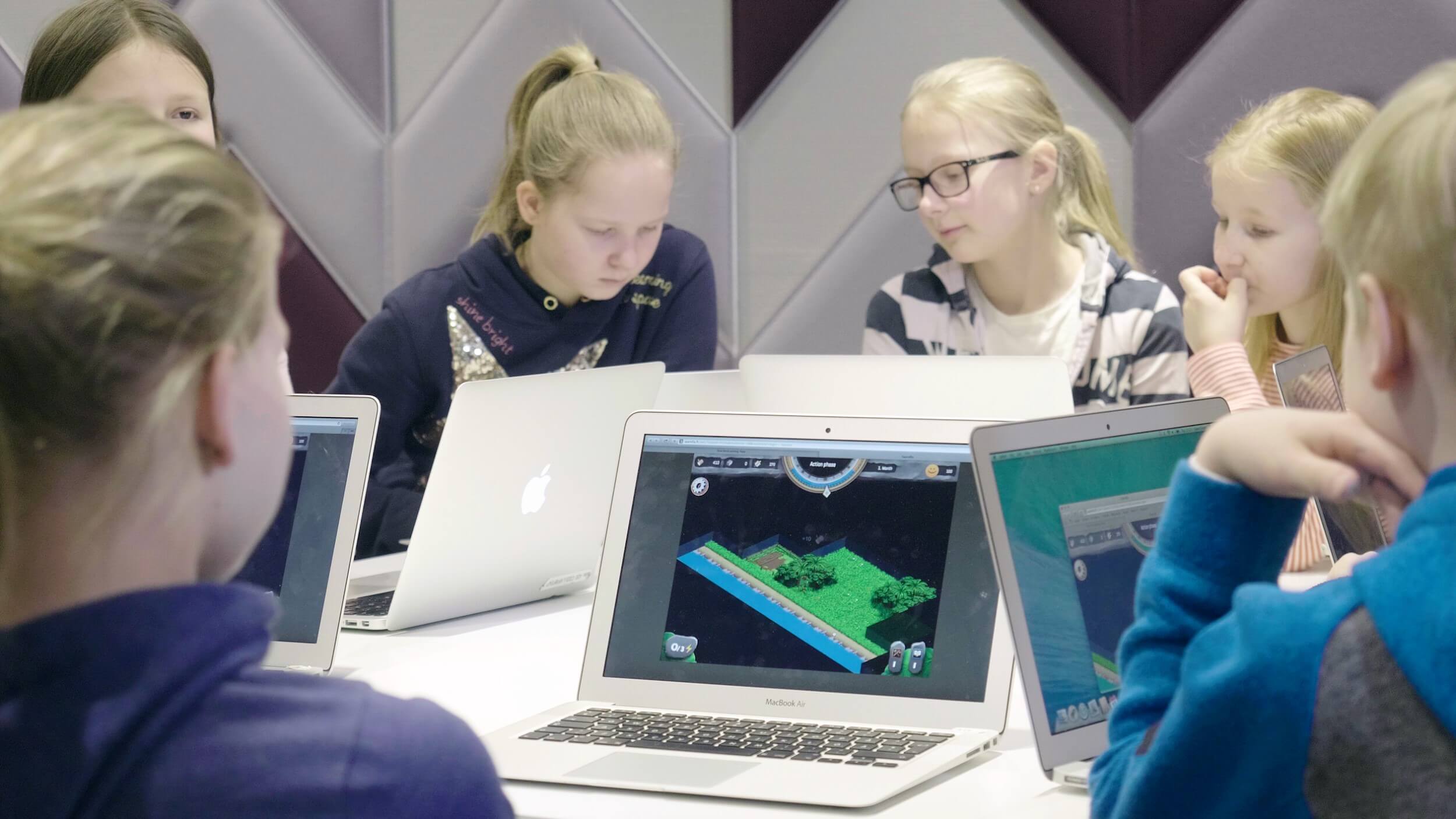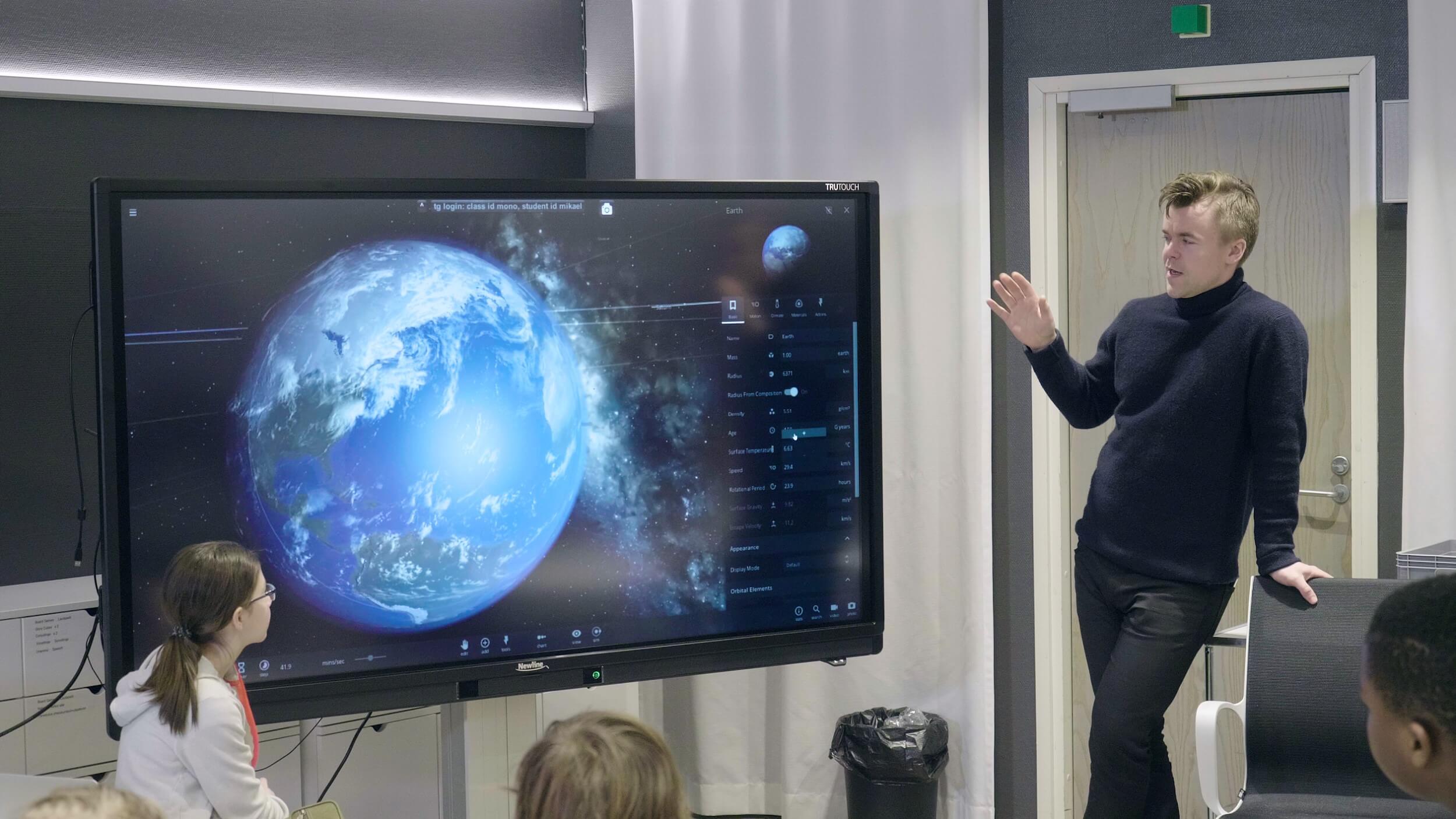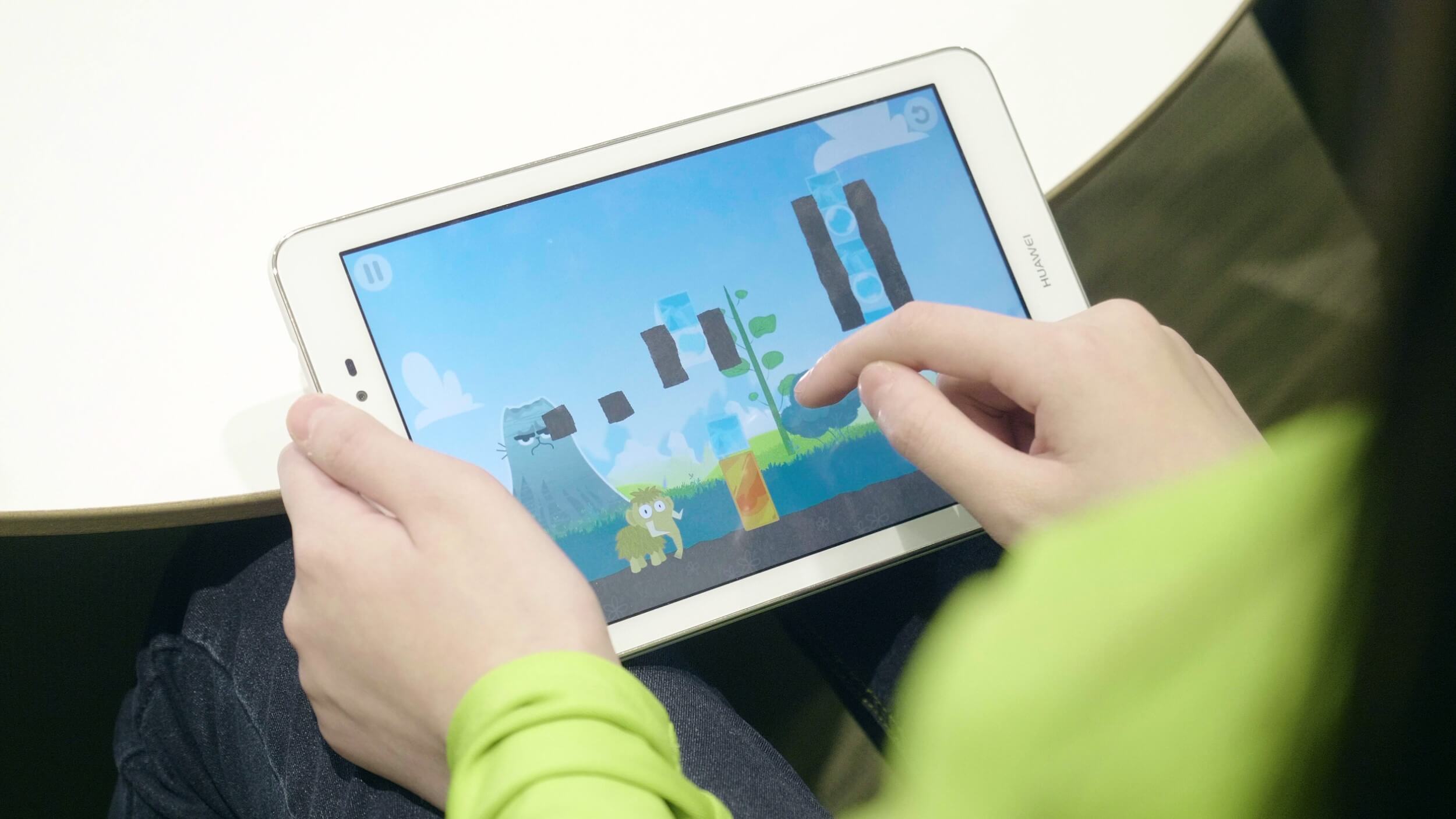JOIN LABSTER, GOOGLE AND ASU FOR A PANEL DISCUSSION ON ONLINE DEGREES
SPEAK MENTORSHIP DEVELOPS A COMMUNITY OF DIVERSE LEADERS
For a 100-billion-dollar industry, video gaming is surprisingly underrated in educational contexts. More often than not, games are relegated to the role of extracurricular babysitters – something with which students can pass the time when not actively learning something new. At their worst, they are multiple-choice worksheets wearing superficially attractive disguises, actively disengaging for students, and poor examples of entertainment.
There are exceptions, of course. A select few genuinely-successful, well-crafted learning games have shown the world that there is hope for games in the classroom. Games like Minecraft and Kerbal Space Program break rank and ditch the dreadful pop quiz formula, letting students explore, experiment, and apply the knowledge they accumulate without fear of failure.
To be clear: we at TeacherGaming are inclined to tell you they’re great games, because we have been involved in both – alongside more than 40 other brilliantly creative titles over the last seven years. Our formula is simple: we take mainstream games with awesome pedagogical potential and high-production values to the classroom, and provide teaching tools, materials and pedagogical support to go with them.
In our time in the business, we’ve learned a thing or two about what makes video games truly work in an educational setting, and why it is so hard for teachers to see their full potential as a learning medium.
Here’s a secret for you: a lot of the time, it’s not the game itself that’s at the heart of the problem.


The Missing Element
While the right game can be uniquely engaging and motivating in itself, study after study has found that blended approaches combining gaming with active teacher facilitation, feedback and reflection lead to the best possible academic results.
It doesn’t take an academic researcher to figure out why that is. Having a teacher oversee and facilitate gameplay helps students make the right connections and pick out the correct bits of information, just as it does when using more traditional teaching tools. We don’t expect our kids to go to school and sit in silence with a textbook all day – so why do we so often neglect facilitation when it comes to video games?
TeacherGaming helps educators overcome this mental hurdle by providing them with a variety of easy-to-use tools for supervising and facilitating gameplay sessions. The best kinds of educational games are open-ended and leave room for free-form experimentation, but any teacher will be able to point out the downside to this: children are incredibly easy to sidetrack. At their most basic, our tools help teachers make sure everyone is working towards the right goals through real-time activity tracking, but that is not all there is to facilitating an effective game-based learning session!
Work Before Play
To get the most out of an educational game, it is important to ensure children have a solid theoretical framework to build upon. Games are great for helping students internalize complex concepts by getting their hands in the dirt, but they’re not replacements for textbooks – nor were they ever intended to be.
TeacherGaming games come with hours upon hours of lesson content designed for each game, each lesson plan touching upon a different topic. This theory phase helps teachers remind students of concepts central to the day’s gameplay session, and sets clear goals for gameplay in terms of learning outcomes.
Setting goals is an important part of making any lesson work, but especially so when playing games. As mentioned earlier, getting distracted is a real problem, but giving students concrete targets to aim for can help minimize it. Having goals makes the experience more meaningful for them in an academic sense, and is often what elevates a gameplay session from a simple extracurricular to a real learning experience in the eyes of your students.
Making children play learning games without a theoretical framework is akin to giving them worksheets on topics they haven’t learned in class yet. They might pick up a tidbit or two, but at the end of the day, you’ll have a lot of confused kids and blank pieces of paper on your hands.

Connecting the Dots
Speaking of ending the day right, there is one last element to a pedagogically successful gaming session. By now, your students have recapped important concepts and put them to work in-game – now it’s time to connect the dots between these two phases! We at TeacherGaming believe reflection is the most important part of the game-based learning experience, and the one that makes the biggest difference to test results and other academic performance markers.
To progress in our games, children need to constantly be making connections between real-life phenomena and the in-game world, but it is very important for their teacher to make sure they come away with the correct conclusions. Not everyone has the same eureka moments, but some well-structured conversation on what the class just experienced – and what they think it all means – can go a long way towards getting everyone back on the same page.
TeacherGaming lesson plans always come with a set of reflective questions and additional tasks for students. Reflection can take any shape or form: a simple, interactive Q&A session to a group project to presentations on what the class learned. Now is the teacher’s turn to be creative and make debriefing fun!
Beyond the Classroom
As you can see, there is a lot a teacher can do to take classroom gaming to the next level, and evolve it beyond a simple extracurricular activity without taking the joy out of it. What we’ve noticed in our years in the field is that more often than not, children find gaming in school more fun and meaningful when they realize they’re actually learning!
Even better, with the right kind of facilitation and guidance, students can learn to identify and seize learning opportunities in different kinds of games on their own. This quickly becomes an intuitive process that reflexively carries over to games they play at home in their free time, meaning that teacher facilitation isn’t just changing the way students learn in the classroom – it’s changing the way they spend their time outside of school for the better.
Our students and children play video games whether we like it or not. We at TeacherGaming help educators turn them into something that can make a real impact in their lives and futures. Find our more about us on TeacherGaming.com and try out a game-powered demo lesson today!

